Buena Vista Arbor Care is proud to be a division of Bartlett Tree Experts, and our staff now has the backing of an international tree-care company and tree research laboratory to help continue providing excellent tree service throughout Salem, Albany, Corvallis, Lincoln City, Newport, Independence/Dallas and surrounding areas in Oregon. View a complete list of professional tree services offered by Bartlett.
Residential
Services:

24 Hour Storm Response
On-Call Arborist:
541-757-8733
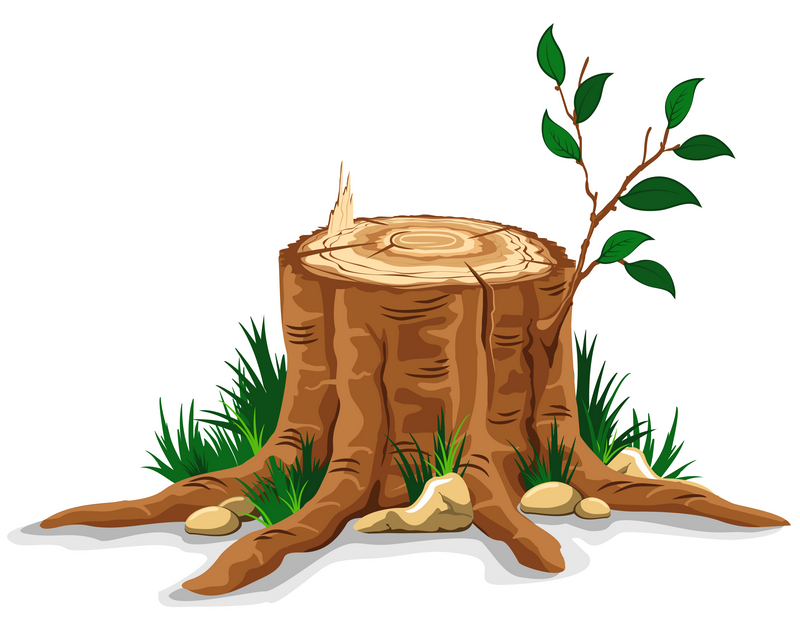
Stump Grinding
No stump too large!
We will chase the root system as far out as you would like.
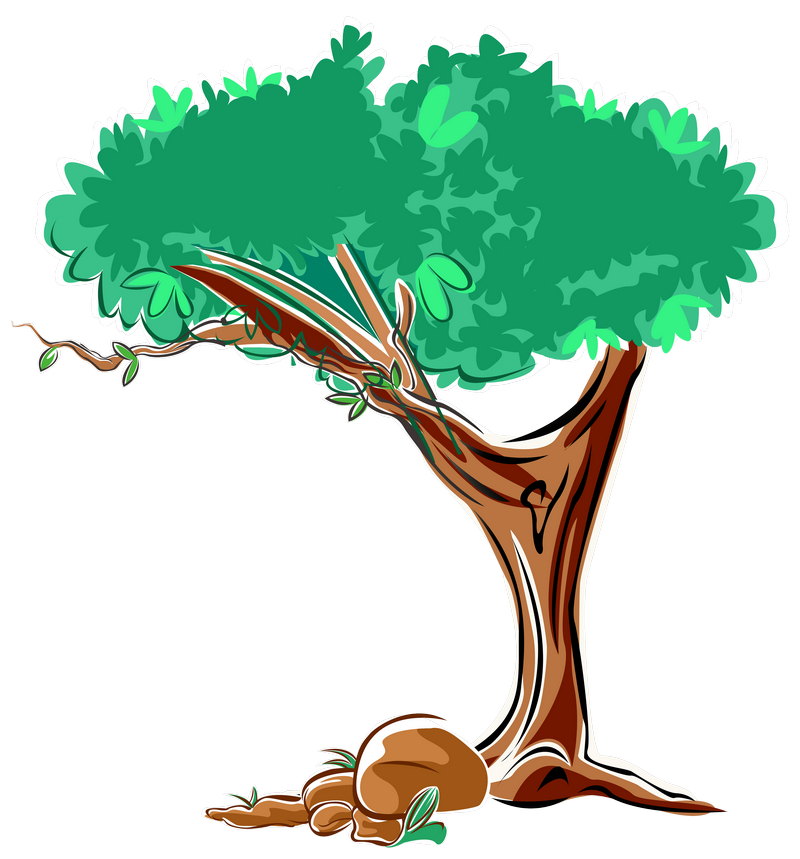
Tree Preservation
Avoid Construction Damage
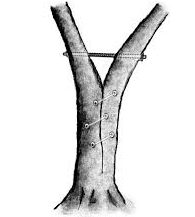
Cabling & Bracing
We have the option to cable and brace your tree if it has the life expectancy to be saved.

Hazardous Tree Removal
When it comes to tree removals, there is no substitute for an ISA certified Arborist

Rental or Second Home Tree Monitoring
Let Buena Vista Arbor Care worry about your secondary properties!
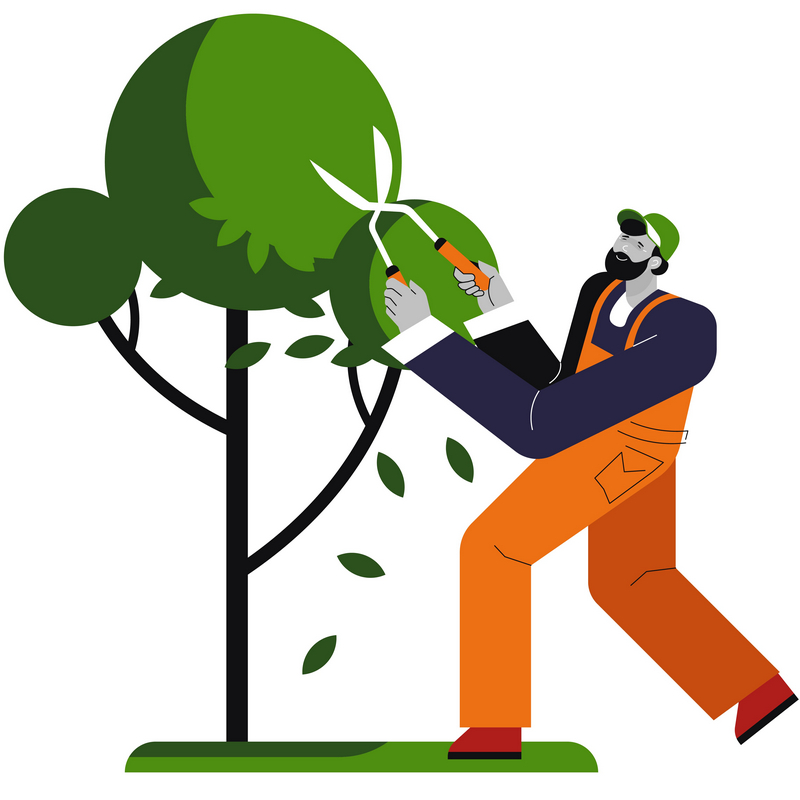
Pruning Services
-Trees
-Shrubs
-Hedges
-Vista
Consulting:

Arborist Reports
We have memberships with the American Society of Consulting Arborists and are ISA Certified Tree Risk Assessors with over 20 years of experience.

Construction Preservation Plans
An arborist can help you decide which trees can be saved and can work with the builder to protect the trees throughout each construction phase.

Tree Permit Assistance
You may need a permit for:
- Large tree removal
- New construction around existing trees
- Sellling logs (ODOF)
- Building lot tree removal
- Street tree removal
- Street tree pruning
24 Hour Emergency and Storm Response
Trees fail year round for many different reasons. All trees should be considered a hazard if there is a target (person or property) it can hit. When the wind is blowing a tree towards a target, it might be wise to vacate the target until the winds stop. Watch for downed electrical wires when going outside. Call 911 immediately if you have high voltage lines down. When trees have fallen DO NOT walk or stand underneath them or try to cut them down yourself. Trees still have a lot of energy captured in them in this state. During an emergency is when most homeowners get injured - trying to deal with the problem themselves to avoid getting insurance involved.
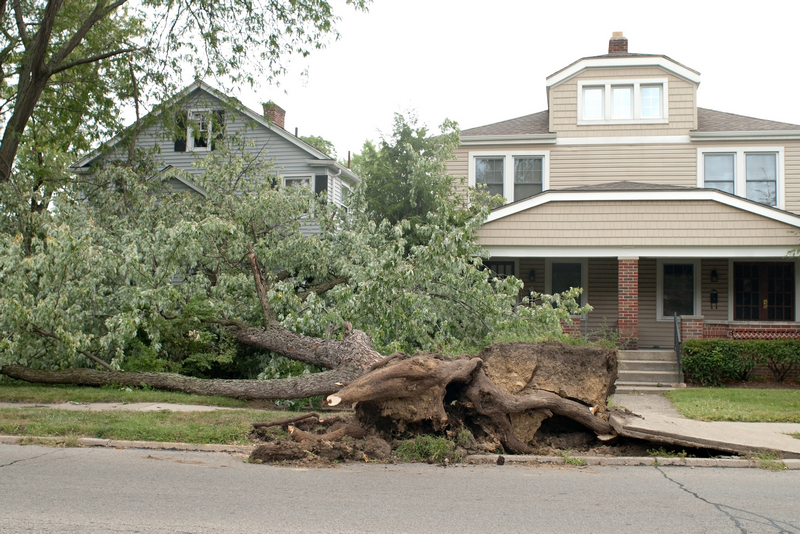

Tree Preservation
As cities and suburbs expand, wooded lands are being developed into commercial and residential sites. Homes are constructed in the midst of trees to take advantage of the aesthetic and environmental value of the wooded lots. Wooded properties can be worth as much as 20 percent more than those without trees, and people value the opportunity to live among trees.
Unfortunately, the processes involved with construction can be deadly to nearby trees. Unless the damage is extreme, the trees may not die immediately but could decline over several years. With this delay in symptom development, you may not associate the loss of the tree with the construction.
How Trees Are Damaged During Construction
Physical Injury to Trunk and Crown: Construction equipment can injure the aboveground portion of a tree by breaking branches, tearing the bark, and wounding the trunk. These injuries are permanent and, if extensive, can be fatal.
Cutting of Roots: The digging and trenching that are necessary to construct a house and install underground utilities will likely sever a portion of the roots of many trees in the area. It is easy to appreciate the potential for damage if you understand where roots grow. The roots of a tree are found mostly in the upper 6 to 12 inches of the soil. In a mature tree, the roots extend far from the trunk. In fact, roots typically are found growing a distance of one to three times the height of the tree. The amount of damage a tree can suffer from root loss depends in part on how close to the tree the cut is made. Severing one major root can cause the loss of 5 to 20 percent of the root system.
Another problem that may result from root loss caused by digging and trenching is that the potential for the trees to fall over is increased. The roots play a critical role in anchoring a tree. If the major support roots are cut on one side of a tree, the tree may fall or blow over. Less damage is done to tree roots if utilities are tunneled under a tree rather than across the roots.
Soil Compaction: An ideal soil for root growth and development is about 50 percent pore space. These pores, spaces between soil particles, are filled with water and air. The heavy equipment used in construction compacts the soil and can dramatically reduce the amount of pore space. This compaction not only inhibits root growth and penetration but also decreases oxygen in the soil that is essential to the growth and function of the roots.
Smothering Roots by Adding Soil: Most people are surprised to learn that 90 percent of the fine roots that absorb water and minerals are in the upper 6 to 12 inches of soil. Roots require space, air, and water. Roots grow best where these requirements are met, which is usually near the soil surface. Piling soil over the root system or increasing the grade smothers the roots. It takes only a few inches of added soil to kill a sensitive mature tree.
Exposure to the Elements: Trees in a forest grow as a community, protecting each other from the elements. The trees grow tall, with long, straight trunks and high canopies. Removing neighboring trees or opening the shared canopies of trees during construction exposes the remaining trees to sunlight and wind. The higher levels of sunlight may cause sunscald on the trunks and branches. Also, the remaining trees are more prone to breaking from wind or ice loading.
Hazardous Tree Removal
Removals are necessary for a variety of reasons. Sometimes, they are just wanted to create a better landscape design. Often, trees need to be removed due to hazardous conditions including disease, rot, and threatening targets. We offer tree removals, shrub or hedge removals, and wood removals.
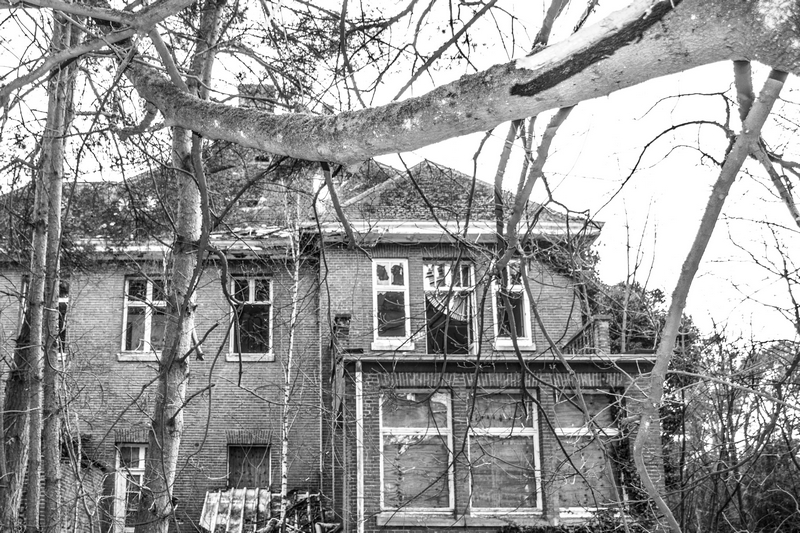
Pruning Services
Structural Pruning - This is the typical pruning that is done in young trees to promote good structure.
Crown Cleaning - The selective removal of dead, diseased, broken or weakly attached branches from a tree crown. This is the most common pruning technique for landscape trees.
Crown Thinning - Includes crown cleaning as well as selective removal of branches to increase light penetration and air movement through the crown, and to improve structure.
Crown Raising - Removes the lower branches of a tree in order to provide clearance for buildings, signs, vehicles, pedestrians and lines of sight.

Crown Reduction - Used to reduce the overall size of the tree.
Crown Restoration - If you have a tree that has been previously topped, crown restoration can improve its structure and appearance.
Vista Pruning - Enhances your view without jeopardizing the health or stability of a tree.
Utility Pruning - The removal of branches or stems to prevent the loss of service, prevent damage to utility equipment and to provide access to the line. This pruning is done by power companies.
All descriptions from ISA Arborists’ Certification Study Guide 2010 Edition
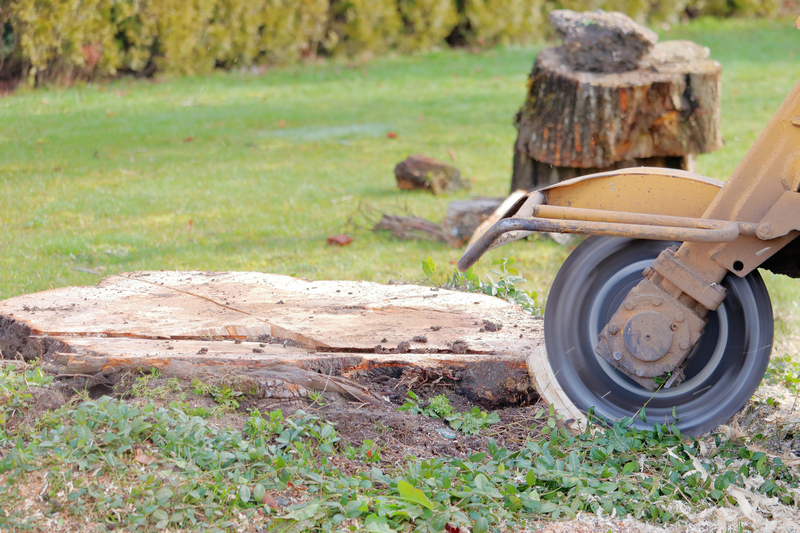
Stump Grinding
Stump Grinding is easy and affordable with Buena Vista Arbor Care Co. We have two options to take care of your stumps:
-
- When our estimator comes out to do a bid for a tree removal, he will also give you an estimate right at the time of your bid so it is all in one!
- If you have a stump that needs ground and no tree work, give us a call and we can give you a price over the phone! It is that easy!
Life cycle of stump grinding with Buena Vista Arbor Care Company:
1. Call our office to get a price.
2. Mark your yard where septic, irrigation, or anything else underground we need to know about (that you know about).
3. We will call the locating service.
4. The locate company will come to your property and mark all underground utilities (within 3 days).
5. A friendly BVAC Inc. employee comes to grind your stump.
Cabling and Bracing
We have the option to cable and brace your tree if you have a tree that has the life expectancy to be saved. Give us a call so we can get our estimator out there to get you a price!

Rental or Second Home Tree Monitoring
Simply put: if a home looks occupied, most intruders and burglars will stay away. As you can’t be at your vacation home 24/7, employ Buena Vista Arbor Care to help keep up your home. Maintenance is as simple as trimming hedges, bushes, and trees, etc. Not only will your second home look lived in, but regular maintenance will help prevent any potential disaster damages as well.
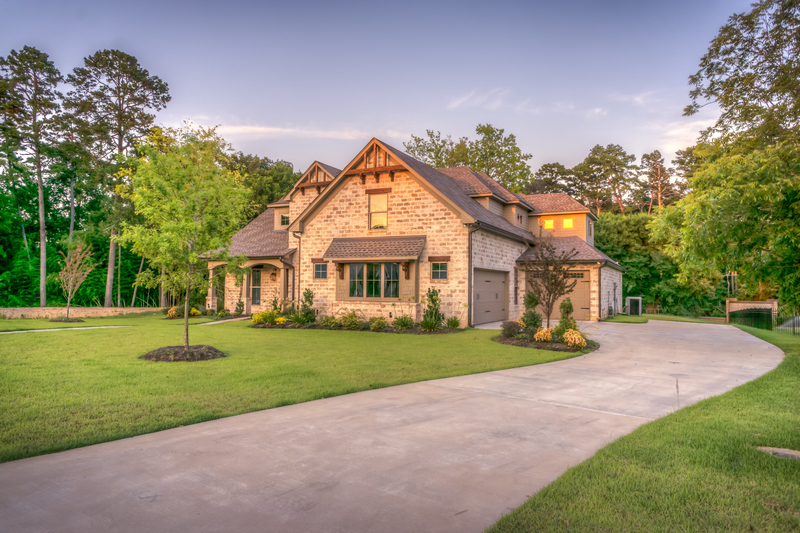
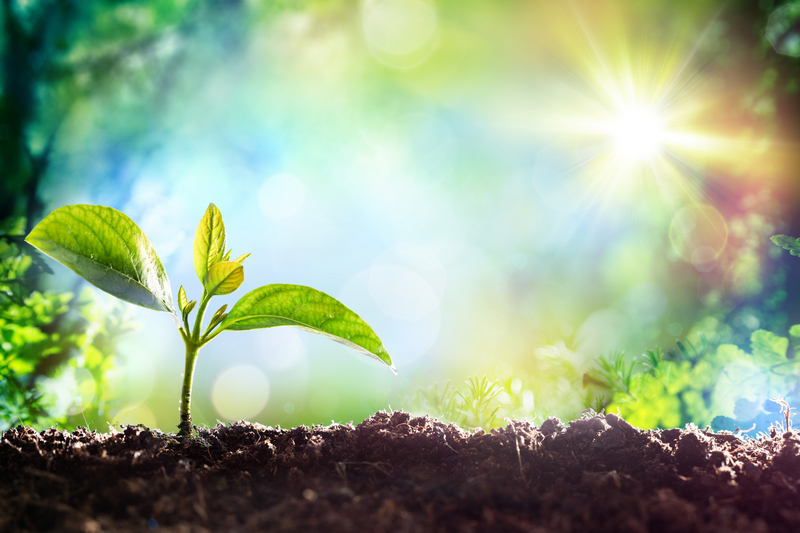
Specimen Planting
Are you in need of a company that will help you choose the right trees, get you set up with the right planting methods, or other aspects of specimen planting? Buena Vista Arbor Care can help you with all of this and more!
Arborist Reports
Buena Vista Arbor Care is proficient at writing professional tree reports. We have memberships with the American Society of Consulting Arborists and are ISA Certified Tree Risk Assessors with over 20 years of experience. Call us to write reports on:
Significant Vegetation Management Plans for Highly Protective Significant Vegetation Areas (HSPV) or for Partially Protective Significant Vegetation Areas (PPSV)
Tree Dispute Resolution
Tree and Landscape Appraisals
Mature Tree Protection
Hazard Tree Evaluations
Tree Protection During Construction
Construction Preservation Planning
Hire a professional arborist in the early planning stage. Many of the trees on your property may be saved if the proper steps are taken. Allow the arborist to meet with you and your building contractor. Your arborist can assess the trees on your property, determine which are healthy and structurally sound, and suggest measures to preserve and protect them.
One of the first decisions is determining which trees are to be preserved and which should be removed. You must consider the species, size, maturity, location, and condition of each tree. The largest, most mature trees are not always the best choices to preserve. Younger, more vigorous trees usually can survive and adapt to the stresses of construction better. Try to maintain diversity of species and ages. Your arborist can advise you about which trees are more sensitive to compaction, grade changes, and root damage.
Planning
Your arborist and builder should work together in planning the construction. The builder may need to be educated regarding the value of the trees on your property and the importance of saving them. Few builders are aware of the way trees’ roots grow and what must be done to protect them.
Sometimes small changes in the placement or design of your house can make a great difference in whether a critical tree will survive. An alternative plan may be more friendly to the root system. For example, bridging over the roots may substitute for a conventional walkway. Because trenching near a tree for utility installation can be damaging, tunneling under the root system may be a good option.
Erecting Barriers
Because our ability to repair construction damage to trees is limited, it is vital that trees be protected from injury. The single most important action you can take is to set up construction fences around all of the trees that are to remain. The fences should be placed as far out from the trunks of the trees as possible. As a general guideline, allow 1 foot of space from the trunk for each inch of trunk diameter. The intent is not merely to protect the aboveground portions of the trees but also the root systems. Remember that the root systems extend much farther than the drip lines of the trees.
Instruct construction personnel to keep the fenced area clear of building materials, waste, and excess soil. No digging, trenching, or other soil disturbance should be allowed in the fenced area.
Protective fences should be erected as far out from the trunks as possible in order to protect the root system.
Limiting Access
If at all possible, it is best to allow only one access route on and off the property. All contractors must be instructed where they are permitted to drive and park their vehicles. Often this same access drive can later serve as the route for utility wires, water lines, or the driveway.
Specify storage areas for equipment, soil, and construction materials. Limit areas for burning (if permitted), cement wash-out pits, and construction work zones. These areas should be away from protected trees.
Specifications
Get it in writing. All of the measures intended to protect your trees must be written into the construction specifications. The written specifications should detail exactly what can and cannot be done to and around the trees. Each subcontractor must be made aware of the barriers, limitations, and specified work zones. It is a good idea to post signs as a reminder.
Fines and penalties for violations should be built into the specifications. Not too surprisingly, subcontractors are much more likely to adhere to the tree preservation clauses if their profit is at stake. The severity of the fines should be proportional to the potential damage to the trees and should increase for multiple infractions.
Maintaining Good Communications
It is important to work together as a team. You may share clear objectives with your arborist and your builder, but one subcontractor can destroy your prudent efforts. Construction damage to trees is often irreversible.
Visit the site at least once a day if possible. Your vigilance will pay off as workers learn to take your wishes seriously. Take photos at every stage of construction. If any infraction of the specifications does occur, it will be important to prove liability.
Final Stages
It is not unusual to go to great lengths to preserve trees during construction, only to have them injured during landscaping. Installing irrigation systems and rototilling planting beds are two ways the root systems of trees can be damaged. Remember also that small increases in grade (as little as 2 to 6 inches) that place additional soil over the roots can be devastating to your trees. Careful planning and communicating with landscape designers and contractors is just as important as avoiding tree damage during construction.
Post-Construction Tree Maintenance
Your trees will require several years to adjust to the injury and environmental changes that occur during construction. Stressed trees are more prone to health problems such as disease and insect infestations. Talk to your arborist about continued maintenance for your trees. Continue to monitor your trees, and have them periodically evaluated for declining health or safety hazards.
Despite the best intentions and most stringent tree preservation measures, your trees still might be injured from the construction process. Your arborist can suggest remedial treatments to help reduce stress and improve the growing conditions around your trees. In addition, the International Society of Arboriculture offers a companion brochure titled Treatment of Trees Damaged by Construction.
Tree Permit Assistance
Obtaining a permit can be confusing and frustrating. The best way to learn more about this requirement is to contact your urban forestry department directly. We are lucky in the valley and through out Oregon to have well qualified professionals in these positions. Over the years Buena Vista Arbor Care has developed a respectful working relationship with each city.
Helpful Contacts and Links by City:

email: rick.barnett@cityofalbany.net
phone: 541-401-2401
Urban Forestry Program
Download a Tree Removal Permit
Recommended Street Trees
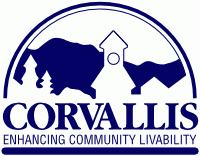
email: Jon.Pywell@corvallisoregon.gov
phone:
541-754-1723
Urban Forestry Program
Download a Tree Removal Permit
Recommended Street Trees
Please let us know if you need something that isn’t listed, we will get one of our Certified Arborists to help!


